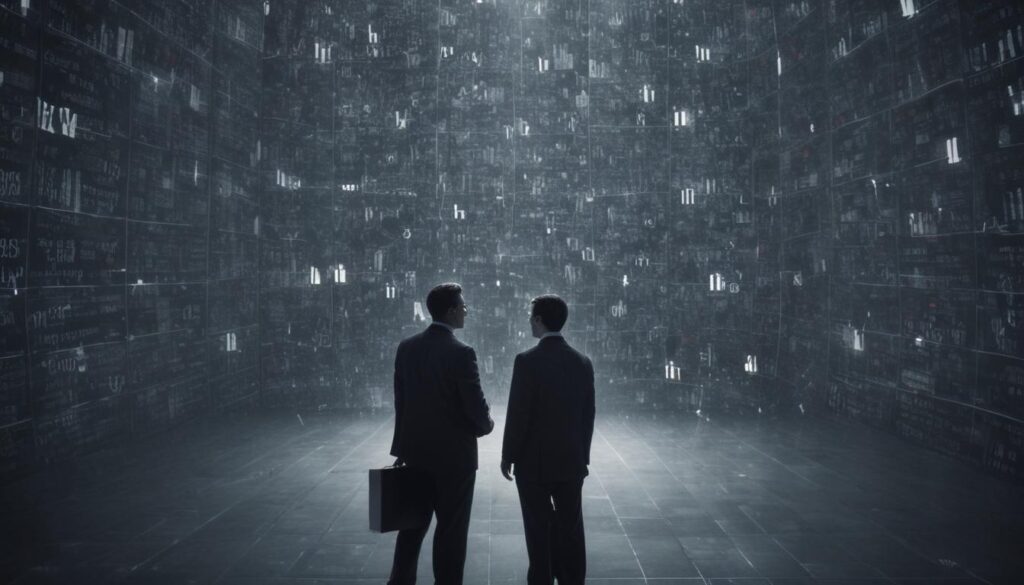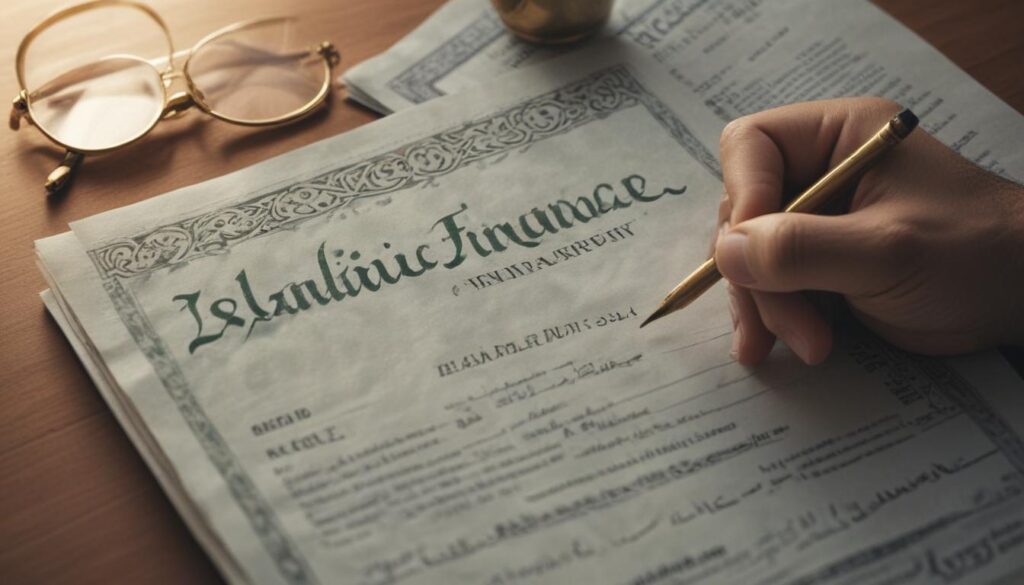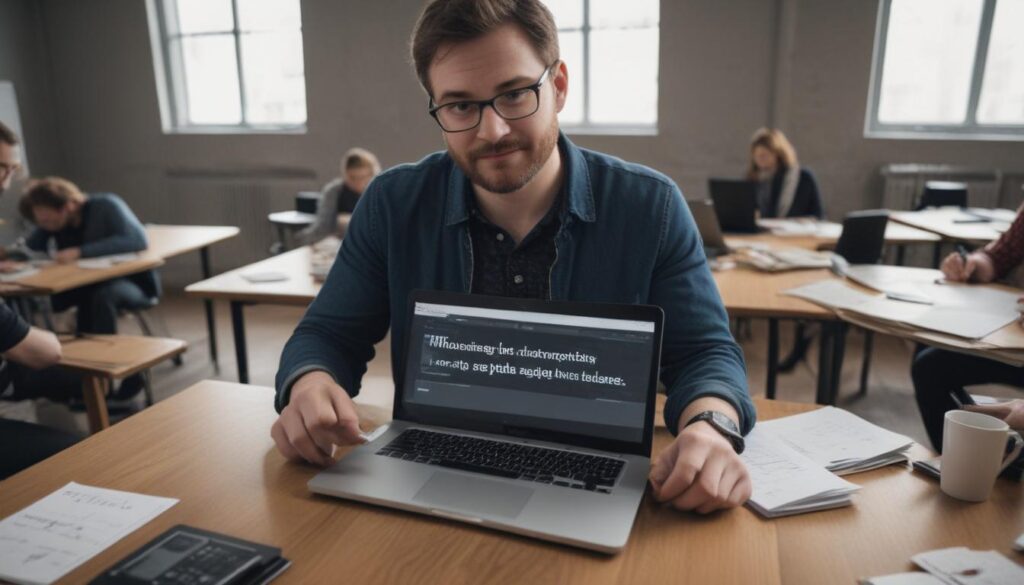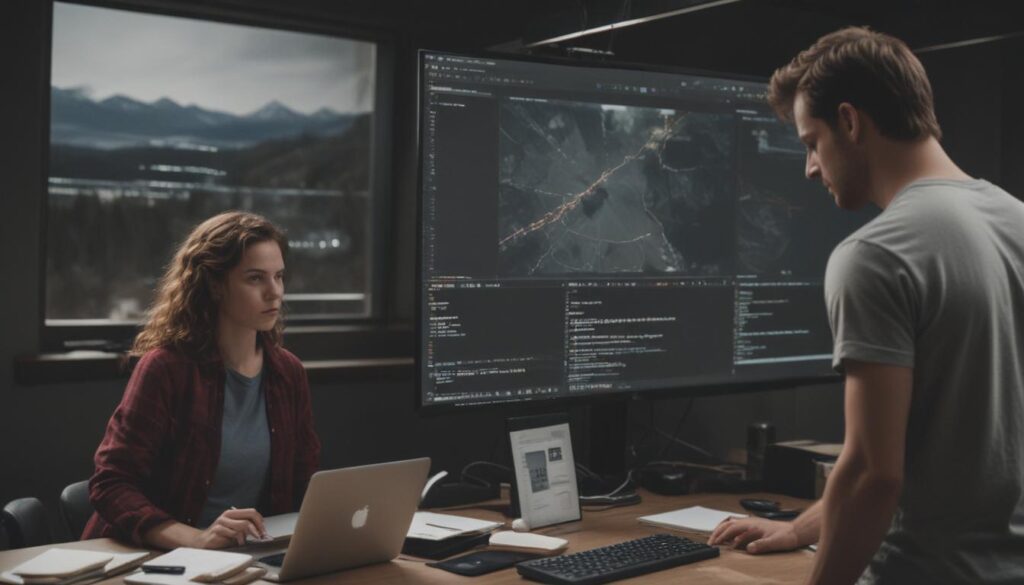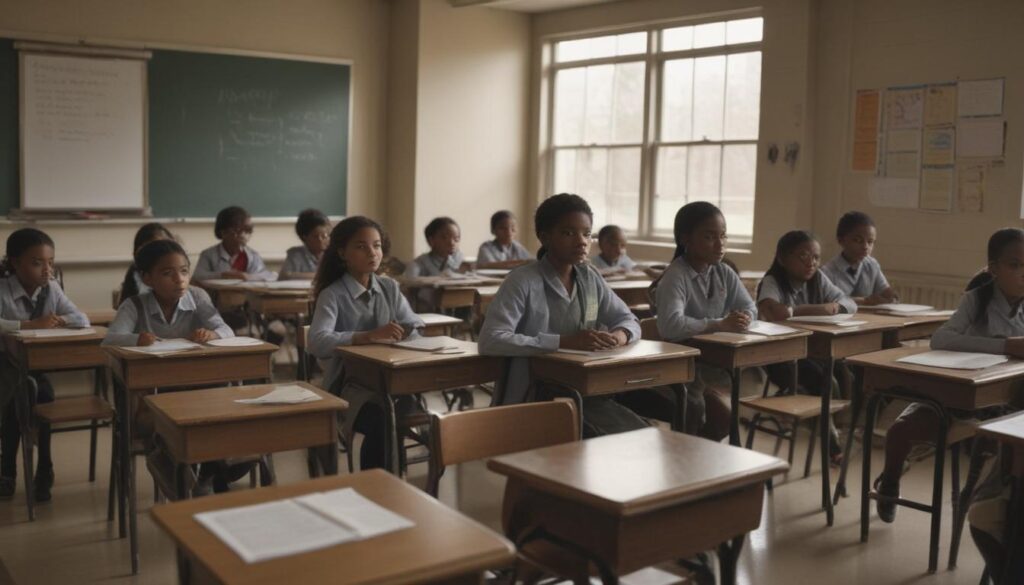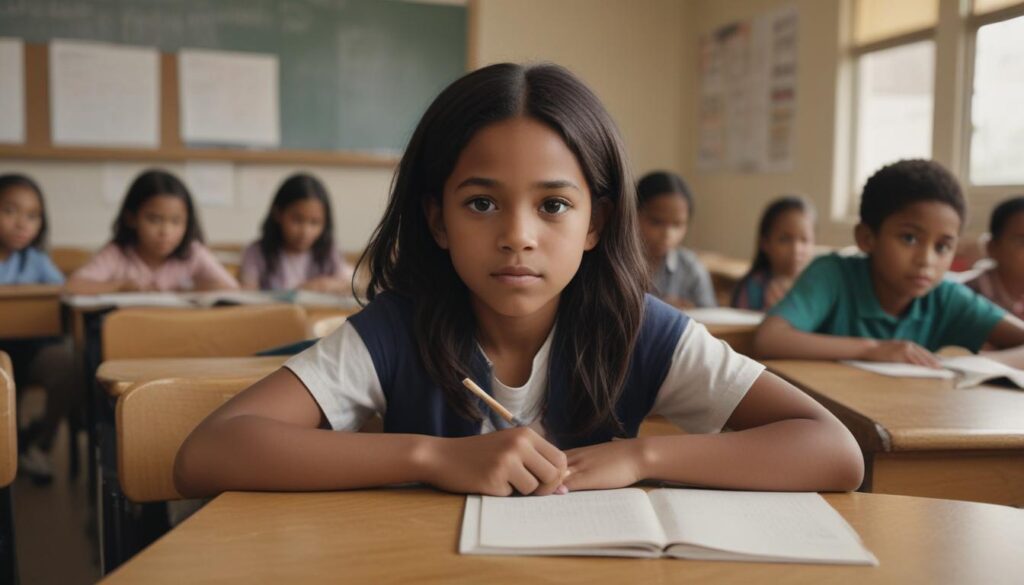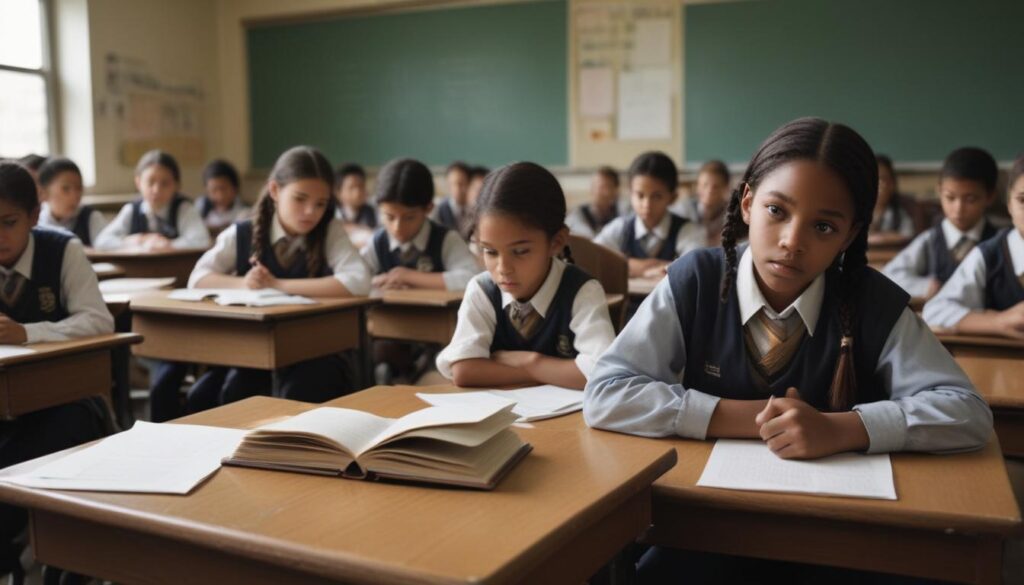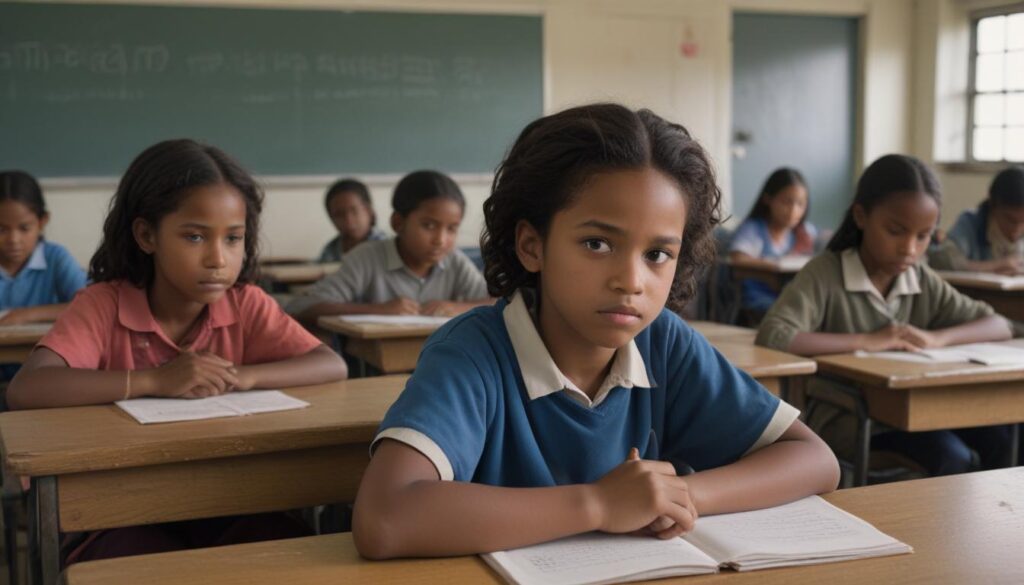Now Reading: Education as a Force for Justice
- 01
Education as a Force for Justice
Education as a Force for Justice

Education for Social Justice Forging a Path to a More Equitable World
Do you ever feel overwhelmed by the constant stream of news about inequality, division, and injustice? It is easy to feel powerless, as if the problems are too big and our individual actions are too small to make a real difference. This sense of helplessness can be paralyzing, leaving us wondering where to even begin in the fight for a fairer world. We search for solutions, for a meaningful way to contribute, but often come up short, unsure of how to turn our desire for change into tangible action.
But what if the most powerful tool for change is not a single grand gesture, but something that begins much earlier and is cultivated every day? What if the solution is found in our classrooms, our homes, and our conversations? Education for social justice is that solution. It is an active, transformative approach that moves beyond simply learning about problems and empowers us to critically analyze and dismantle the systems that create them. This is not about assigning blame; it is about building a generation of empathetic, informed, and engaged citizens who have the tools and the courage to create a more just society for everyone.
What Is Education for Social Justice Really
When we hear the term “education for social justice,” some might imagine a specific, rigid curriculum focused solely on historical grievances. However, it is much broader and more dynamic than that. At its core, education for social justice is a pedagogical philosophy that aims to help students develop critical consciousness. It teaches them to recognize, understand, and question the social, economic, and political inequalities that exist in the world. Instead of simply presenting facts for memorization, it encourages students to ask why things are the way they are, who benefits from the current systems, and whose voices have been historically silenced.
This educational framework is built on several key pillars. The first is a commitment to an inclusive and diverse curriculum that provides both “windows” and “mirrors” for students—mirrors to see their own experiences and identities reflected, and windows to understand the lives and perspectives of others. The second is the development of empathy and a sense of shared humanity. The third, and perhaps most crucial, is a focus on action. Social justice education is not passive; it seeks to equip students with the skills to advocate for themselves and others, to solve problems in their communities, and to actively participate in democracy with a clear understanding of its ideals and shortcomings.

The Classroom as a Catalyst for Change
In practice, a classroom centered on social justice is a vibrant, respectful, and challenging environment. It is a space where students feel safe to ask difficult questions and engage in respectful dialogue about complex topics like privilege, bias, and power. The teacher acts less as a dispenser of knowledge and more as a facilitator, guiding discussions and helping students connect what they are learning to their own lives and the world around them. This might look like a history class examining an event from multiple perspectives, an English class analyzing how different characters are portrayed based on their race or gender, or a science class studying environmental justice and its impact on various communities.
Furthermore, this approach empowers students by giving them agency over their own learning. Project-based learning becomes a powerful tool, allowing students to identify a real-world problem—such as food insecurity in their neighborhood or a lack of accessible public spaces—and work collaboratively to research and propose solutions. By doing so, they learn that their voices matter and that they have the capacity to effect positive change. This process transforms them from passive recipients of information into active creators of knowledge and engaged citizens who are prepared to tackle the challenges of the future.
Beyond the Classroom Extending Social Justice into Our Communities
The principles of social justice education are not confined to the schoolhouse walls. They are a call to action for all of us—parents, guardians, and community members alike. At home, this means cultivating a diverse library of books and media that exposes children to a wide range of cultures, experiences, and family structures. It means having open and age-appropriate conversations about fairness and injustice, modeling empathy, and teaching children to stand up for what is right, even when it is difficult. It also involves being an advocate in your community, attending school board meetings to support inclusive policies, and questioning curricula that fail to represent the full spectrum of our society.
Ultimately, education for social justice is a commitment to lifelong learning for ourselves as much as it is for our children. It requires us to listen more than we speak, especially to voices from marginalized communities. It challenges us to examine our own biases and to be willing to be uncomfortable as we grow. By embracing this educational philosophy in our schools and in our daily lives, we are not just teaching facts; we are nurturing a culture of compassion, critical thought, and collective responsibility. We are planting the seeds for a more equitable world, one conversation, one lesson, and one empowered student at a time.
